Description
Tacrolimus (Tacroz) 0.03% w/v ointment is a potent macrolide used to treat eczema. It works by suppressing certain immune cells’ activity that causes inflammation of the skin and relieves itching and improves rashes in atopic dermatitis. Each ointment contains 0.03% of Tacrolimus as its active ingredient.
Drug = Tacrolimus
Strength = 0.03% w/v
Contains = 1 tube
How to use
It is usually applied twice a day, in the morning and in the evening.
To help you remember to use tacrolimus, use it at around the same time every day. Follow the directions on your prescription label carefully, and ask your doctor or pharmacist to explain any part you do not understand.
Use tacrolimus exactly as directed. Do not use more or less of it or use it more often than prescribed by your doctor.
Dosage of Tacrolimus (Tacroz) 0.03% w/v Ointment
Adult: Atopic dermatitis: As 0.03% or 0.1% oint: Apply thinly to the affected area(s) twice a day. If no improvement after two weeks, consider further treatment options. Maintenance: As 0.1% oint: Apply thinly to the affected area(s) twice weekly with 2-3 days between applications for up to 12 months in patients who responded to up to 6 weeks of twice a day treatment.
Missed Dose of Tacrolimus (Tacroz) 0.03% w/v Ointment
Just apply the missed dose and then continue with the regular dosing schedule.
Do not double the dose under any circumstances.
Overdose of Tacrolimus (Tacroz) 0.03% w/v Ointment
Signs of overdose may include the following:
- Headache
- Nausea
- Vomiting
- Tremor
- Infections
- Lethargy
- Urticaria
- Increased Blood Urea Nitrogen
- Elevated serum creatinine concentrations
- Increase in alanine aminotransferase levels
Contraindications
People with the following medical conditions should not take Tacrolimus:
- Hypersensitivity
Side Effects
Tacrolimus may have the following side effects:
- Pruritus
- Burning sensations
- Rosacea
- Acne
- Lymphadenopathy
- Flu-like symptoms
- Hirsutism (rare)
- Thrombotic thrombocytopenic purpura
- Hypoprothrombinemia
- Stevens-Johnson syndrome
- Toxic epidermal necrolysis
- Hepatic artery thrombosis
- Veno-occlusive liver disease
Potentially Fatal:
- Polyomavirus infections
- Gastrointestinal perforation
Warnings
Do not take Tacrolimus with the following medicines:
- Boceprevir
- Telaprevir
- Ritonavir
- Ketoconazole
- Fluconazole
- Itraconazole
- Nifedipine
- Verapamil
- Diltiazem
- Amiodarone
- Erythromycin
- Clarithromycin
- Rifampicin
- Phenytoin
- Carbamazepine
- Phenobarbital
- Lansoprazole
- Esomeprazole
- Cimetidine
- Antacids
- St. John’s wort
Always notify your doctor and pharmacist if you are taking any other medicines, including herbal tonics such as traditional Chinese medicines, supplements, and medicines that you buy without a prescription.
This list does not include all medicines that may interact with Tacrolimus.
How Does It Work?
Tacrolimus works by suppressing the activation of T-cell and T-helper-cell dependent B-cell proliferation and the formation of lymphokines and the expression of the IL-2 receptor. It inhibits calcineurin’s activity by binding to an intracellular protein, FKBP-12, forming a complex with calcium, calmodulin, and calcineurin.
Uses
Tacrolimus is used to treat the following conditions:
- Atopic dermatitis
Special Precautions and Connected Warnings
Take special precautions if you have the following conditions:
- Patient with risk factors for QT prolongation
- Netherton’s syndrome
- Topical application on the face or neck, large areas of the body (i.e.,>50% of the total BSA), or broken skin areas.
- Avoid unsupervised switching of the immediate- or extended-release formulation.
- Renal and hepatic impairment
- Pregnancy
- Lactation
- Avoid alcohol and grapefruit juice.
Storage Conditions
- Tab/cap/oint: Store at 25°C.
- Store in a cool, dry place away from the reach of children.
- Do not use Tacrolimus that is expired or out of date.

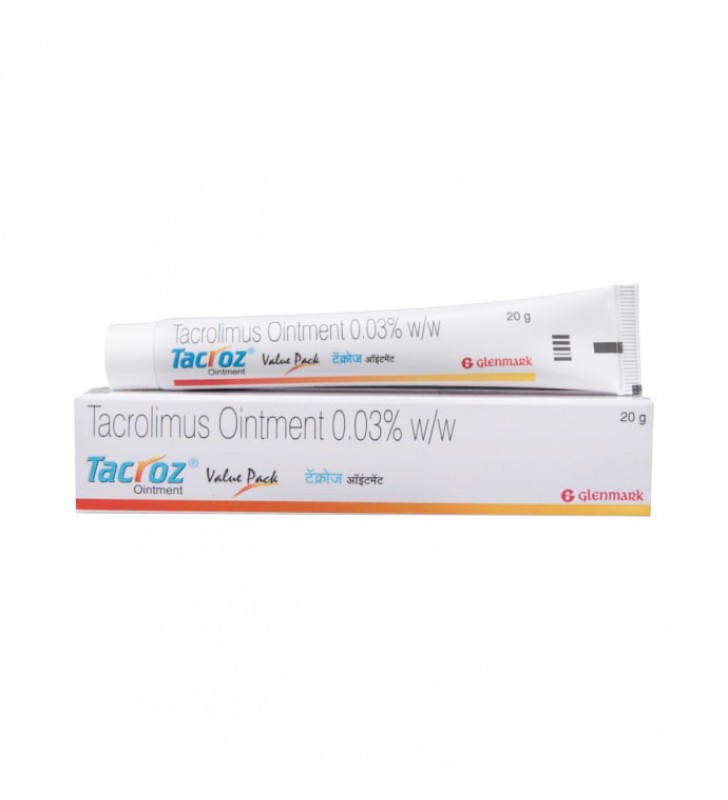
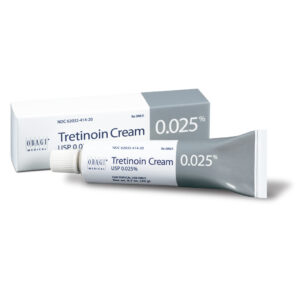
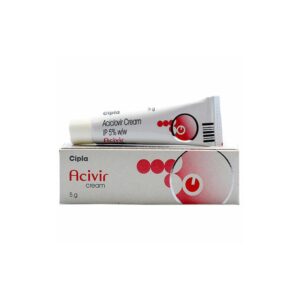
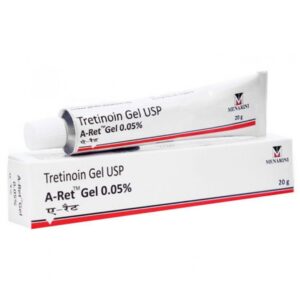
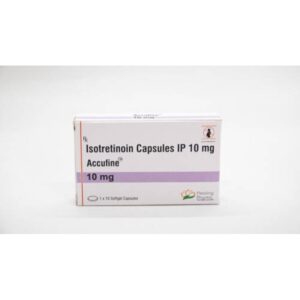
Reviews
There are no reviews yet.